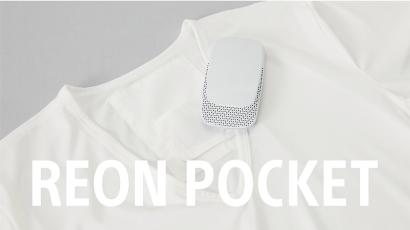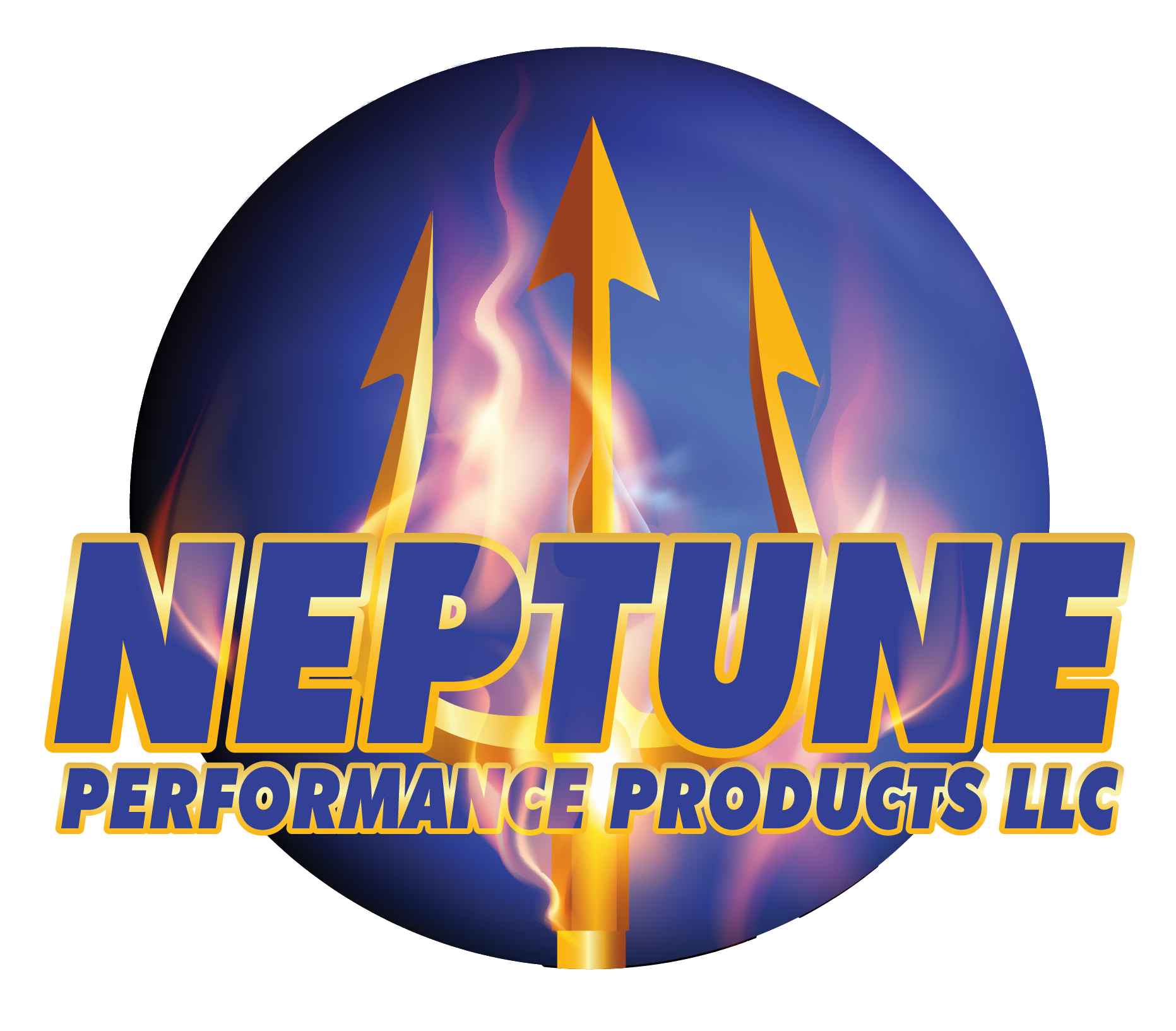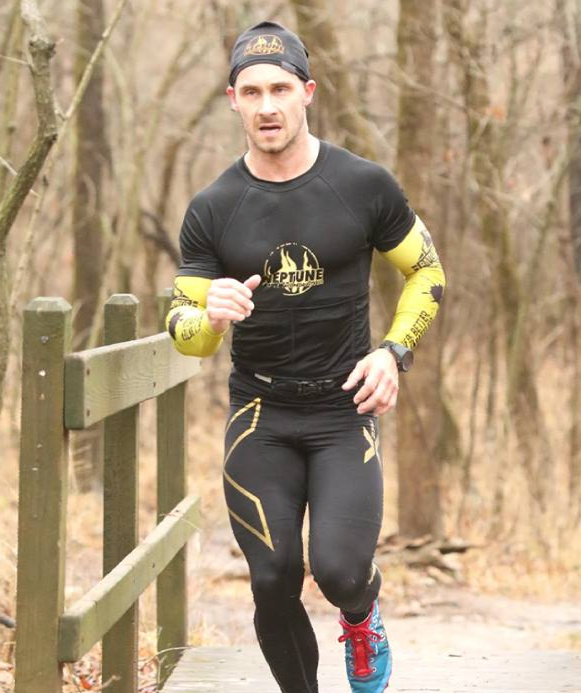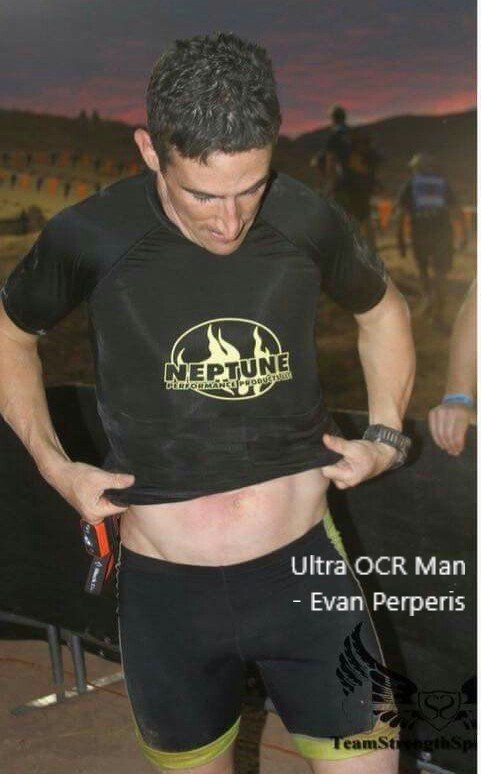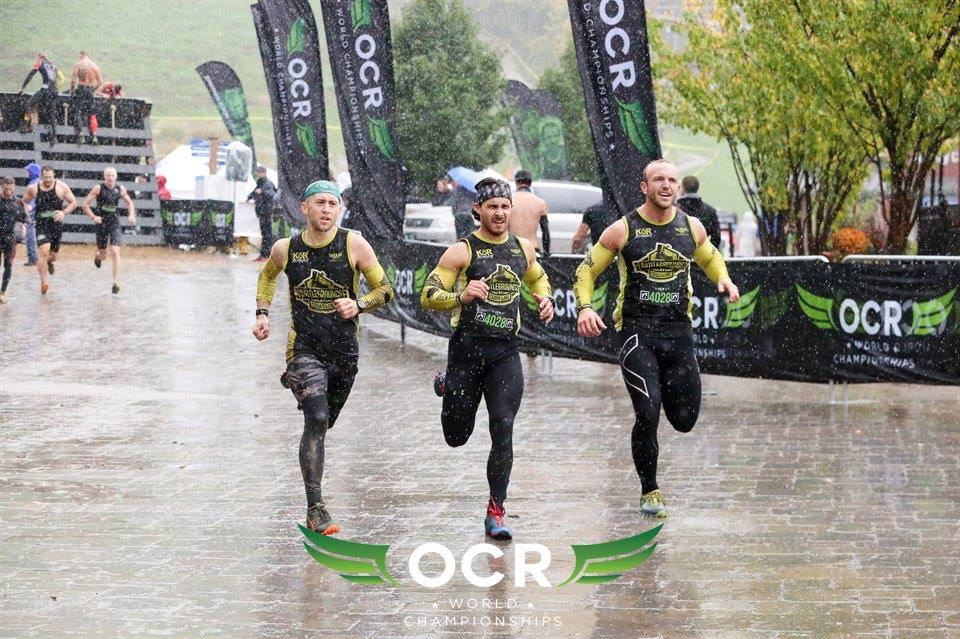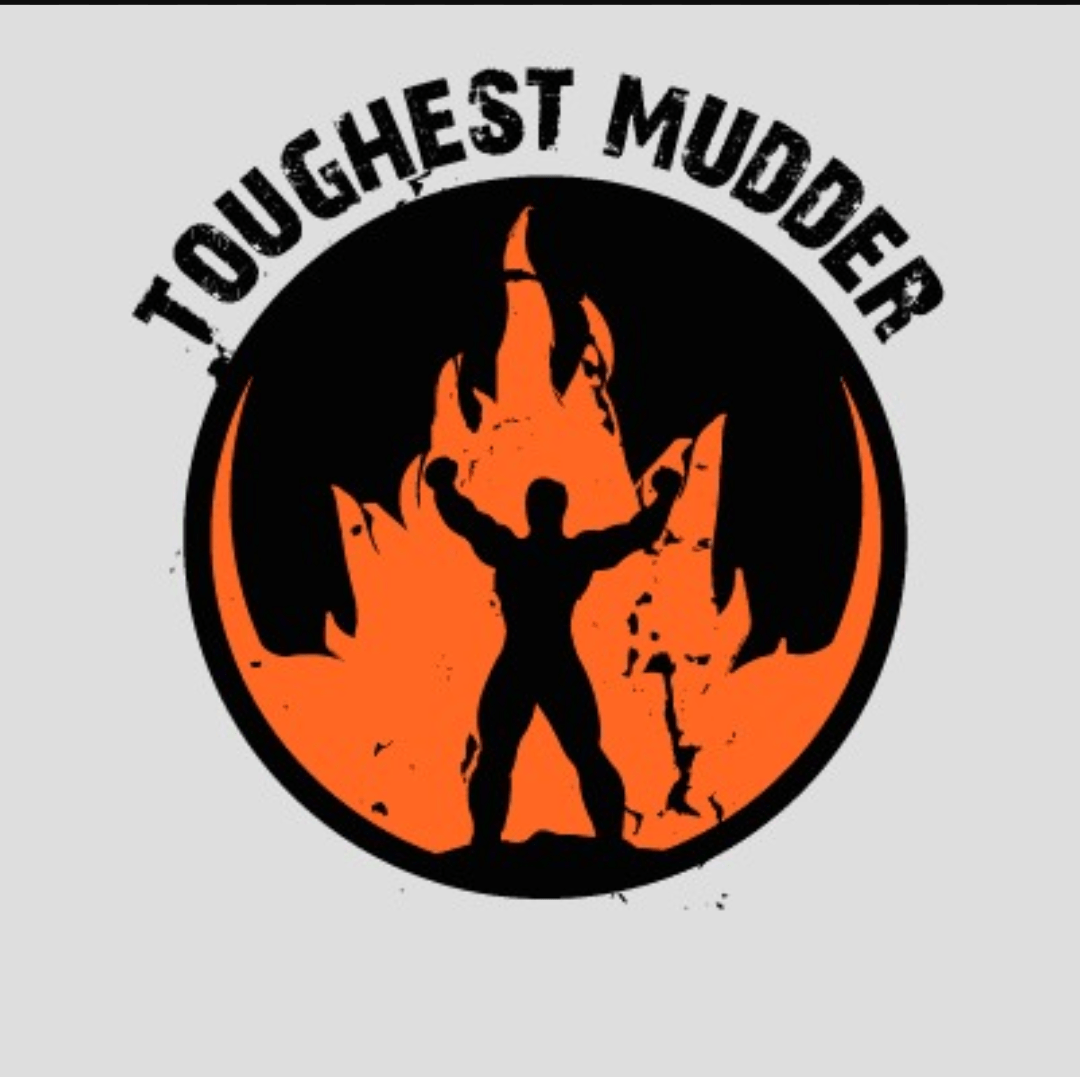Dressing For Cold Weather Training
The real key to continuing your training during the winter is knowing how to dress for your cold weather training. Dressing properly will mean that you are just as comfortable in 30 degrees as you are in 60 degrees. Everyone has heard the basics: dress in layers, cover your head and ears, wear gloves, etc. Performance apparel has improved so much over the past 20 years that staying comfortable is now easy. In fact, items such as the Neptune Thermoregulation System will allow you to easily run warm down to zero degrees and below. For this application, I will address your cold weather clothing from the base layer out and then from your head to your toes.
Inside/Out
- Have a good Base layer- Under Armour Cold Gear or a similar garment is designed to hold a layer of air against the skin to help keep you warm. This type of fabric is also designed to pull the sweat off of your skin which helps to prevent you from getting chilled due to the science of evaporation.
- An insulated mid layer is also a great idea but the extent of this mid-layer will vary greatly depending on the temperature, wind speed and your own personal preferences. Depending on the temperature items such as fleece, and a light wool, or down make for great lightweight insulators the will provide plenty of warmth. The problem here is you need to make sure that you actually dress for 15-20 degrees warmer than it actually will be. You don’t want to get out there and be overly warm because you will sweat too much and could get cold due to being wet.
- Having a water resistant packable jacket is also a good idea in case there is a light rain on training day. The absolute worst thing that can happen to you in the cold is for you to get wet because wet clothing will suck the warmth right out of you.
Head-to-toe
- Make sure to keep your pulse points covered. These are areas where your arteries are close to your skin and where your blood will cool down quickly. This is where the hat, scarf, gloves and warm sock information you have always heard come into play. Other important areas that are usually always covered but I will mention are the arm pits, elbows, wrists, groin, knee pits, and of course your entire core.
- Carry a buff or balaclava with you just in case. You can use these to cover your face in windy weather as well as cover your neck when necessary. However, the versatility of these also allows you to fold them into a hat/ headband when you get warm
- Gloves or Bleggmitts are also easy to carry and remove if you start to get warm. If nothing else, keep your wrists covered as this will help with your wrist pulse points (think sweatbands or the thumbsleeve tops)
- If it’s really cold outside keeping the cold air off of your legs will help to so wearing pants rather than tights will help a lot. The extra space in the pants will provide a barrier to the cold air.
- Smart wool socks are awesome in the cold. Unfortunately, a lot of the running shoes are meant to vent air in order to limit sweating. However, this means our feet freeze in the winter. Shoes like some of the Icebug models are made to help provide a little warmth but if you don’t have those then make sure you have a pair of Smart Wool socks for those really cold days.
All of the above mentioned items are readily available and can easily be implemented when you have to train in the cold. However, this is just a small sample size of what is out there. I prefer to have gear that is multifaceted in its use so that, in combination, can give me just what I need for any situation. In fact, I designed the Neptune Thermoregulation System to be useful in just about any situation from racing when no external heat is necessary, to being water sports base layer, to help keeping you warm while out on the ski slopes in 15 degrees with a 20 mph wind. A down vest can have a similar versatility and be packed and brought along just in case to almost any outdoor workout. The key is to have what you need and implement it as necessary. Rather than simply avoiding Mother Nature, get out there and have fun in it. I, for one, love nothing more than a run while it’s snowing. It’s peaceful and quiet and my cleated obstacle racing shoes keep me from slipping, so I am right at home in this environment. The key is just being prepared!

